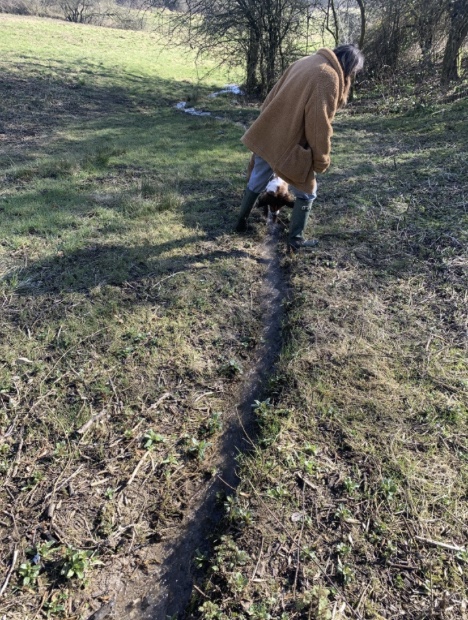
March 2021 Edition

By Ashley Milum
Share
Rosenshine in the morning!
What is it?
Well, something very simple really: Mr Rosenshine’s ‘Principles of instruction’ are 10 steps that formulate a linear pattern to produce learning – yes, as easy as that! Dylan Wiliam describes learning as ‘a change in Long Term memory’, which is exactly what Rosenshine intended for his Principles to achieve. By using his Principles, educators are able to formulate a process by which learners are able to build strong memory retention and retrieval.
Rosenshine has created an accessible format that packages ideas such as cognitive load, retrieval practice, deliberate practice, spacing and interleaving and more, into a format that busy educators like yourself can digest and apply.
Where did I see and hear about it?
Rosenshine’s Principles became an increasingly consistent thread on twitter that bound together many books written by leaders as well as articles of research and the brilliant work of EEF. Before long, the wonderful world of twitter was jam-packed with fellow educators and educationalists making reference to Rosenshine’s work.
How to use it?
Tom Sherrington (@teacherhead) has helpfully bundled the 10 principles into 4 strands that group together in pedagogical terms. Some will find this a helpful way of better utilising the Principles in the classroom as the four strands are to be utilised at different stages in the learning process.
Low-stakes quizzes can be used to recall previous knowledge, known as retrieval practice where spacing and interleaving can be used so that just as knowledge is about to be forgotten (law of diminishing returns), neuro-pathways (like roads that link memories) are then used again and strengthened (think of a stream carving it’s way into the ground) by the retrieval from Long-Term memory (LTM). Society refers to ‘muscle memory’, which nicely encapsulates when LTM is deeply embedded so that an automaticity allows the LTM to be accessed whilst the working memory is freed up to deal with whatever else the person must focus on.

At Avanti Gardens School, we have further simplified the 10 principles before using Rosenshine’s model in it’s entirety. For now, we have 3 T&L priorities to ensure the fundamentals of good teaching and learning are present in every classroom, all of the time.
The three priorities are:
- Modelling;
- Scaffolding up;
- AfL.
At the start of each session, we have a ‘fast 5’ to recall prior knowledge to enhance memory of previous learning. We find it also helpful for children to make links in their learning, further strengthening their neurological pathways.
At AGS, we want to keep teachers focus on planning, teaching and feedback. I am clear that T&L is a simple process of understanding what pupils know and what they don’t – then we teach them what they need to know. Through our adapted implementation of Rosenshine’s Principles we have made sure the learning process is understood clearly.
How to connect with others to evaluate and share?
Use twitter and ‘We Are in Beta’ to learn and share your understanding and application of Rosenshine’s principles.
